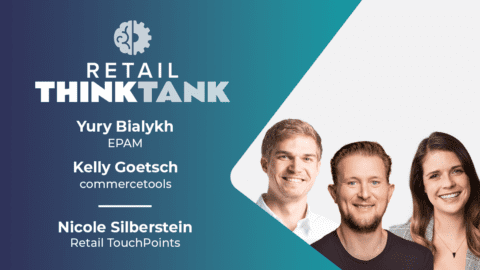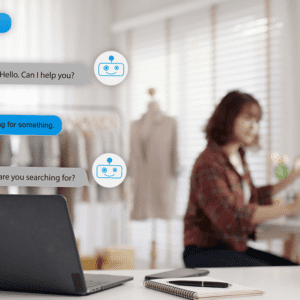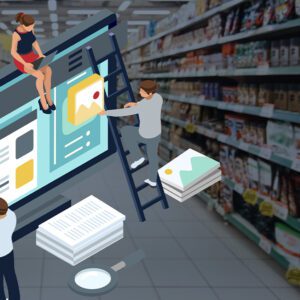Retailers have access to troves of data: data about their customers, their products and their business. But despite earnest proclamations that consumers expect seamless brand experiences, these data and the insights they generate are resting in disparate systems and used by siloed teams.
To create the seamless and immersive store experience that customers crave, brands need to bring organizational data into their physical spaces. Experts from SSA & Company, CMP Research, and OSSY offered advice on how retailers can do just that to support customer service and engagement and drive conversions.
Connected Tech and Data Make Dynamic Content a Reality
Consumers consult their digital devices before and during in-store shopping trips. As a result, personal smartphones have become critical real estate for serving dynamic content and personalized deals. However, retailers are increasingly bringing digital signage into the mix, to amplify this messaging and even build out their retail media offerings.
In fact, Retail TouchPoints’ annual Store Design & Experience Survey found that 78% of retailers have either already implemented or plan to implement digital signage in stores over the next 24 months. Marketing and CX teams need to use customer data, store-level data and even digital engagement data to determine which brands, products, deals and user-generated content to deliver to these devices to make an impact.
“Fundamentally, digital signage offers the potential for real-time, personalized information, allowing retailers to quickly and easily change pricing, promotions and other information,” said Nick Kramer, Leader of Applied Solutions at SSA & Company in an interview with Retail TouchPoints. “One of the promises of digital displays is personalization. This becomes particularly powerful when displays are integrated with the consumer’s mobile device via geofencing, which can enable retailers to tailor messaging and promotions displayed on screens to specific customer segments based on factors such as their location, purchase history or preferences. This can help increase the relevance and effectiveness of marketing efforts.”
Advertisement
Data-Driven Digital Apps Facilitate Associate Empowerment
Store associates will need different data sets depending on whether they’re doing logistical work (like picking and packing orders) or service-oriented work (like having in-depth conversations with customers). Digital applications, accessible via smartphones and tablet devices, ensure that associates have fingertip access to the information they need to be efficient and effective in their work.
Driving adoption of digital workplace applications is key to achieving these dual goals, and that means using multiple communication touch points, said Nicole Kyle, Managing Director of CMP and Co-Founder of CMP Research in an interview with Retail TouchPoints: “Whether that’s threads or instant messages, especially in a remote world, they keep teams feeling connected to each other and in touch even when space might prevent them from being physically close. Communication and connectedness are important, especially when many customer contact agents in the retail industry are stressed: about three-quarters characterize their typical stress level at work as moderate or high, whereas about one-quarter say their typical stress is zero or low.”
Data Validates Manager Decisions
District and store managers are the critical stakeholders that drive in-store experience, so they need to access granular data about specific markets and stores to identify issues and prioritize improvements.
Ensuring they have the tools for a deep dive into data is critical in supporting everything from employee scheduling and training to inventory planning and in-store merchandising. These insights empower managers to have more productive, revenue-driving conversations with executive leaders who are sometimes missing the on-the-ground context into how stores are running.
“You can use the data that says customers spend an average of 20 minutes in the fitting room, and staff that accordingly,” said Ron Thurston, author of Retail Pride and Co-Founder of OSSY, a digital platform designed to support career growth within the retail industry. He identified a few basic but important data points: “Customers at checkout spend this amount of time. Customers come in and they go to the right when they come in the store. There’s a lot of data you can use from that scheduling point of view.”
Retailers also must keep in mind that they’re relying on managers to make the judgement calls as well as take actions based on data-driven insights. Labor optimization tools are necessary to help managers understand where help is needed at what times, but managers also need a good eye to understand who should be working any given shift. “Being a great leader, as a store manager, is also about observing where your team has success, and where they don’t,” said Thurston. “Then it’s also through touch-base conversations [based on] observing their overall performance during certain times. You can really see where their skills gravitate because nobody is good at everything. You’re great with the customer, or you love doing stock, but usually it’s not the same person.”
Download the special report to get additional insights on using data productively in stores.
















